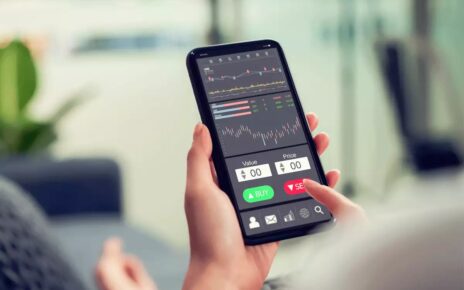As micropayments are prevalent for everything from in-app purchases to pay-per-article news sites, security is paramount. Micro-payments involve extremely frequent small transactions, often just pennies or fractions of cents at a time. This high volume and low dollar value per transaction calls for tailored security solutions. Let’s explore some of the key measures used to safeguard micro-payment transfers.
Tokenization
Tokenization replaces sensitive payment data, like credit card numbers, with non-sensitive transaction tokens. These tokens have no extrinsic value but allow mapping back to accounts. Tokenizing helps secure data across merchant apps, networks, and databases since actual card info is never stored or transmitted.
End-to-end encryption
Encrypting data throughout the full transaction lifecycle using SSL and other protocols protects information like consumer account details and payment credentials as it moves between devices and networks. This prevents interception or tampering during transmission.
Biometric authentication
Using fingerprint, face, or voice recognition matches transactions to unique user biometrics. This offers convenient secure option vs passwords/pins for transaction authorization. Some payment apps now enable fingerprint validation for micropayments.
Prepaid Accounts
Consumers can tie 소액결제 platforms to prepaid accounts loaded with a set amount of funds. Since prepaid accounts aren’t linked to bank/card information, this limits exposure even if compromised. Business accounts also benefit from prepaid buffers to isolate transaction activity.
Intelligent fraud detection
AI monitoring analyzes micro-payment patterns to flag anomalies in real time, like spikes in transaction frequency or size. Machine learning models profile behaviors and entities to identify bad actors. This automation replaces legacy fraud rules.
Customer verification
User provided details like email, phone, and address can be cross-checked against credit agency or KYC verification data to validate identity. This reduces account takeover and synthetic identity risks.
CVV Validation
Online transactions can require users to enter the 3-4 digit security code on the back of their payment card for added verification. This validates actual card possession beyond just knowing account numbers.
Velocity limits
Capping the number of transactions allowed per user/device over certain time windows prevents cybercriminal abuse like stolen credentials being used to make tons of micro-purchases rapidly. Alarms trigger when limits are exceeded.
OS-level security
Operating systems and app stores impose security checks like mandatory access controls, memory encryption, trusted execution environments, and safe language coding practices to harden apps handling micro-payment data.
PCI compliance
Merchants and processors must adhere to Payment Card Industry data security standards for securely accepting, processing, and storing payments. This includes encryption, access controls, monitoring, and policy enforcement.
Withstanding DDOS attacks
Merchants implement anti-DDoS protections like filtering, rate limiting, load balancing, and firewalls to maintain uptime. Users have constant access to micro-payment platforms. As micro-payments scale globally across apps and digital venues, applying appropriate safeguards is imperative to customer trust, and privacy and avoiding financial losses on all sides. The stakes are both age-old payment security practices along cutting-edge emerging technologies tailored to the unique aspects of micro-transaction environments. With prudent measures in place, consumers and merchants on the conveniences of micro-payments while keeping sensitive data locked down.





